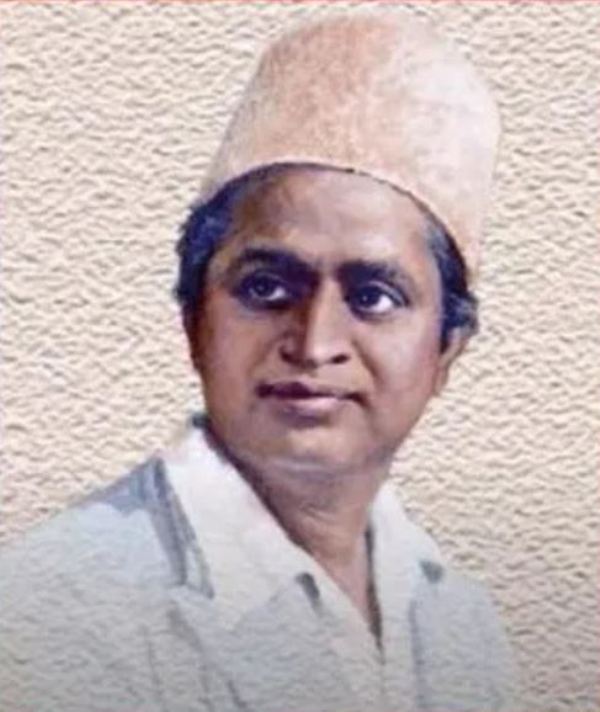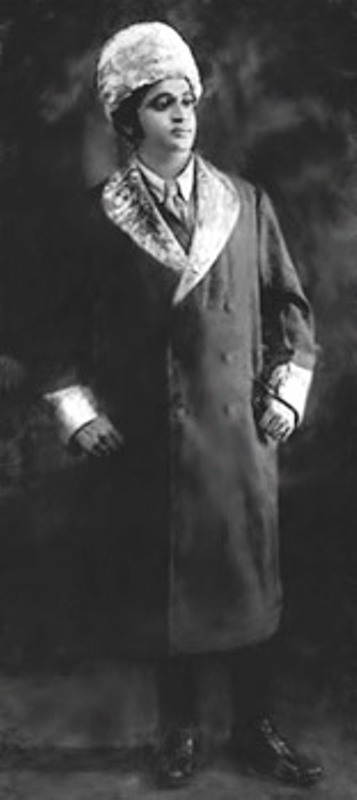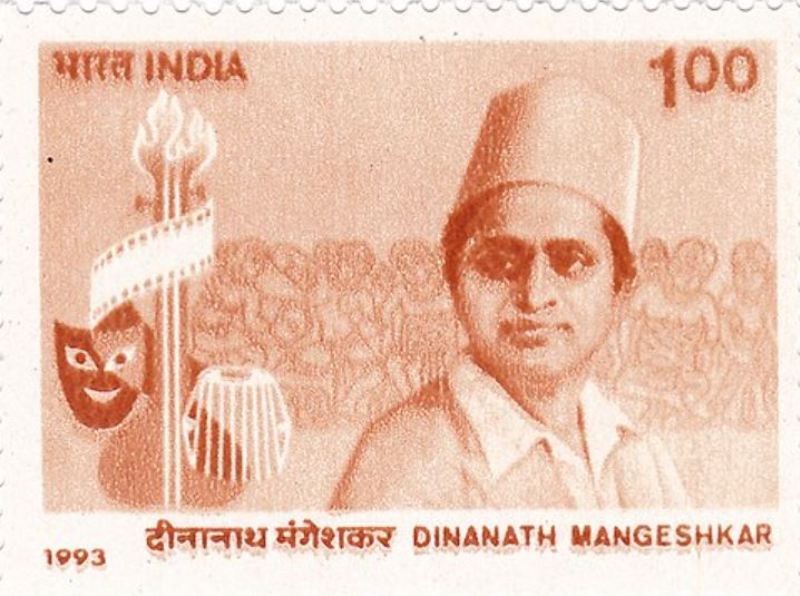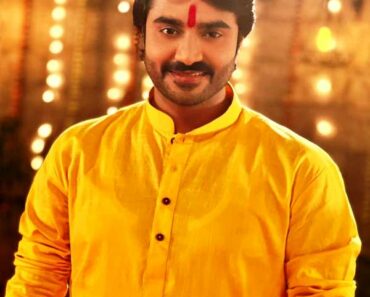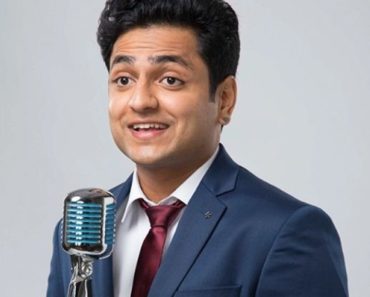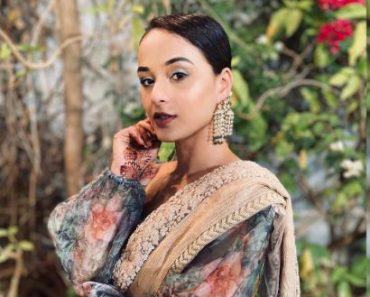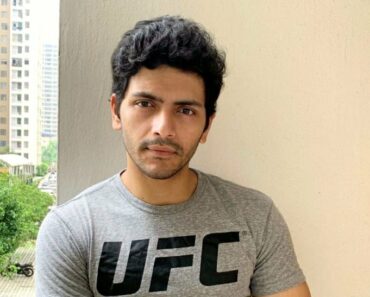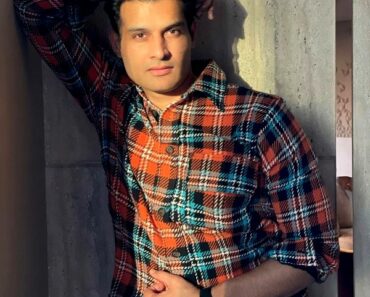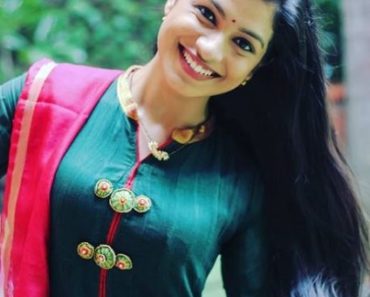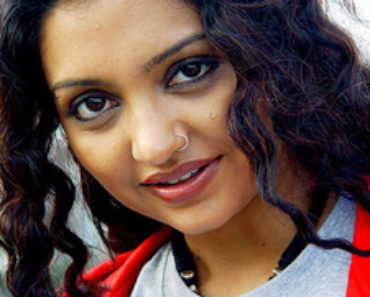Deenanath Mangeshkar was an Indian musician, singer, and theatre actor. He was well versed in Indian classical, Indian semi-classical, and Natya Sangeet. The legendary Indian singers – Lata Mangeshkar, Asha Bhosle, Meena Khadikar, Usha Mangeshkar, and Hridaynath Mangeshkar are his daughters and son.
Contents
Wiki/Biography
Deenanath Mangeshkar was born on Saturday, 29 December 1900 (age 41 years; at the time of death) in Mangeshi, Goa, Portuguese India (Kingdom of Portugal), (Now Goa, India). His zodiac sign was Capricorn.
Physical Appearance
Hair Colour:
Eye Colour:
Family
Parents & Siblings
His father’s name was Ganesh Bhatt Navathe Hardikar (Abhisheki), and his mother’s name was Yesubai Rane.
Wife & Children
Deenanath Mangeshkar got married to Narmada, who was later renamed “Shrimati” by her in-laws in 1922. Soon after the death of Narmada, Deenanath got married again to Shevanti in 1927.
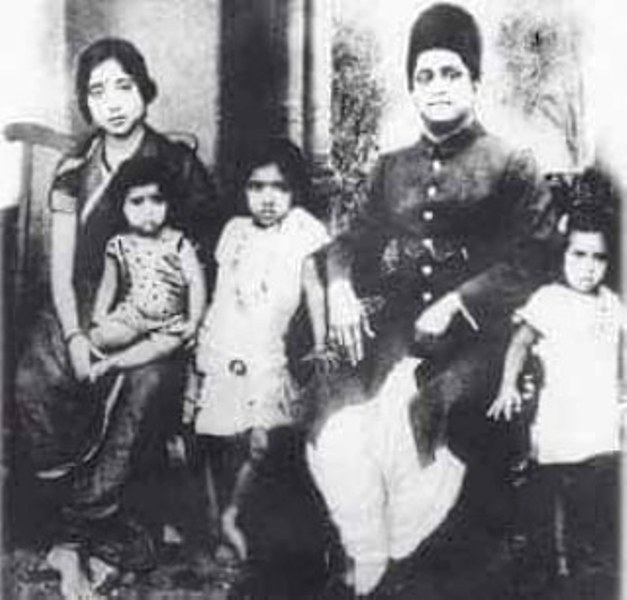
(From Left to Right) Smt. Shevanti Mangeshkar (Wife), Asha (on her mother’s lap), Lata Mangeshkar, Master Deenanath Mangeshkar, and Meena
The couple has four daughters and a son. The names of their daughters are Lata Mangeshkar, Asha Bhosle, Meena Khadikar, and Usha Mangeshkar. Lata Mangeshkar was their elder daughter and the legendary Indian playback singer, who died at the age of 92, on 6 February 2022, at Breach Candy Hospital Trust, Mumbai. The name of their son is Hridaynath Mangeshkar.
Early Life
The family of Deenanath Mangeshkar had its roots in Portuguese India (present-day Goa), and he was born in a Mangeshi family. The father of Deenanath was a Karhade Brahmin who was the priest of the renowned Mangeshi Temple of Goa. [1]Asia Net However, his mother was born in a Devadasi community of Goa. She was called to sing and dance at the religious, cultural, and festival rituals and ceremonies organised at the Mangeshi temple and had the music aptitude. She was the mistress of Deenanath’s father. The well-known Gomantak Maratha Samaj in Goa was later formed out of the Devadasi community. The name of his village was Mangeshi which was located in Goa. The father of Deenanath used the surname ‘Hardikar’ as his ancestors belonged to the priests family who used to perform the ritual bath ceremonies of Lord Shiva’s Lingaa at the Mangeshi Temple. This ceremony was called ‘Abhishekam.’ This was mentioned in the book titled ‘In search of Lata Mangeshkar,’ which was released by Harish Bhimani in 1995. His ancestors and family were regarded as the ‘Abhishekis’ of Goa. However, Deenanath was more attracted to music and singing as his mother was a great singer and dancer. Later, in his teens, Deenanath changed his surname from Abhisheki to Mangeshkar which means the Linga of Lord Shiva. [2]Asia Net In Goa, at Mangeshi temple, the Linga of Lord Shiva is worshipped by the Abhishekhi communities. [3]The Week
Music Education
Deenanath Mangeshkar did not attend any school to attain formal education but started learning music and singing when he was five years old. His first teacher was Shri Baba Mashelkar, and he learnt music from him at Gwalior school. Soon after completing his music education from Maleshkar, he became the disciple of Gayanacharya Pundit Ramkrishnabua Vaze. Later, he attended the music lessons of Pundit Sukhdev Prasad, who was the father of a well-known Indian classical singer Pandit Mani Prasad of Kirana Gharana and was the proficient classical music trainer of Bikaner. Deenanath Mangeshkar started working with the Kirloskar Sangeet Mandali and the Kirloskar Natak Mandali and began performing singing and musical shows on the stages when he was eleven years old. Later, Deenanath Mangeshkar left the Kirloskar Natak Mandali to form his own named Balwant Mandali that he established along with his friends Chintamanrao Kolhatkar and Krishnarao Kolhapure.
Marathi Theatre
Deenanath Mangeshkar was a very good looking man with an extraordinary melodious voice. Soon, he became the producer of several Marathi language stage shows and attained immense publicity through his musical shows and dramas. Bal Gandharva, who was the renowned face of the Marathi theatre, offered Deenanath Mangeshkar to join his organisation and also stated that when Deenanath would join his Mandali then he would throw rupees of Deenanath’s feet to welcome him.
Acting
Soon after getting immense popularity in the Indian music industry, Deenanath Mangeshkar started producing films that were filmed both in Hindi and Marathi languages in the 1930s. He started acting in his own scripted films including Krishnarjun Yuddha. The songs of the films were also picturised on him. Later, Deenanath Mangeshkar became the disciple of Ramkrishna Vaze to brush up on his Indian classical music traits.
Astrology and Numerology
The stage drams and shows that were produced by Deenanath Mangeshkar were believed to be named with five letters with an anuswar (diacritical) on its third letter. He believed that these names were lucky for him. The shows such as Ranadundubhi (रणदुंदुभी), Rajsanyas (राजसंन्यास), Deshkantak (देशकंटक) were few examples of his belief. The songs of Deenanath’s theatre shows were mainly composed by Vaze Bua. These were patriotic songs and were successful among the listeners.
Theatre Shows
The names of his theatre shows were Manapaman (मानापमान), Ranadundubhi (रणदुंदुभी), Punyaprabhaav (पुण्यप्रभाव), Sanyasta Khadga (संन्यस्तखड्ग), Rajsanyaas (राजसंन्यास), Deshkantak (देशकंटक), and Ram Rajya Viyog (रामराज्य वियोग).
Death
Deenanath Mangeshkar died on 24 April 1942 in Pune, Bombay Presidency, British India, (in-present Maharashtra, India) due to the illness. He was 42 years old at the time of death. [4]Republic World
Facts/Trivia
- Deenanath Mangeshkar was also known by the names Master Deenanath Mangeshkar [5]Times Now and Dinanath Mangeshkar.
- The government of India issued a postal stamp in 1993 to honour Deenanath Mangeshkar in the field of art and music in Indian cinema.
- Deenanath Mangeshkar got married twice. He was twenty-one years old when he married Narmada in 1922. Soon after the marriage, Deenanath Mangeshkar changed her name from Narmada to Shrimati who was then nineteen years old. She belonged to a well to do business family of Gujarat, and her father’s name was ‘Seth Haridas Ramdas Lad’ of Thalner in Maharashtra. She died soon after the death of her infant girl named Latika.
- The second time, Deenanath Mangeshkar got married to Narmada’s sister Shevanti in 1927 soon after the death of Narmada. The marriage ceremony was private and was organised at their house. The marriage ceremony of Shevanti Mangeshkar and Deenanath Mangeshkar was not attended by Shevanti’s mother. The couple gave birth to five children named Lata Mangeshkar, Meena, Asha Bhosle, Usha Mangeshkar, and Hridaynath Mangeshkar who are the legendary Indian singers of India.
- Initially, the name of the eldest daughter of Deenanath Mangeshkar was Hema whom he renamed Lata in memory of her first daughter from Narmada.
- At the peak of his career, in the 1930s, Deenanath Mangeshkar was facing a huge financial crisis and took the help of alcohol to get out of the stress. This ultimately led to his untimely death at the age of 41. His eldest daughter, Lata Mangeshkar, was thirteen years old at the time of death. She took the responsibility to hold his mother and siblings soon after the death of her father by entering into the Indian entertainment industry officially. Lata Mangeshkar started learning singing and music from Deenanath Mangeshkar when she was five years old. She was often featured by her father in his theatre shows and dramas when she was a little girl.
- Later, Deenanath Mangeshkar Hospital was set up by the Mangeshkar family in the memory of Deenanath Mangeshkar in Pune. It is a hospital and research centre.
- The renowned Indian classical singer, musician, and scholar Balawantrao Abhisheki was Deenanath’s half-brother. [6]Dev Discourse
- Uday Samant, the Minister of Higher and Technical Education of Maharashtra, publicly declared in 2022 soon after the demise of legendary Indian singer Lata Mangeshkar, that soon a music college would be established in the name of Deenanath Mangeshkar. He further stated that the establishment of this college was the dream of the late Lata Mangeshkar. He said,
Lata didi’s dream was to have a Deenanath Mangeshkar Music College. Her dream will soon come true under the leadership of Hon’ble Uddhav Saheb…”

